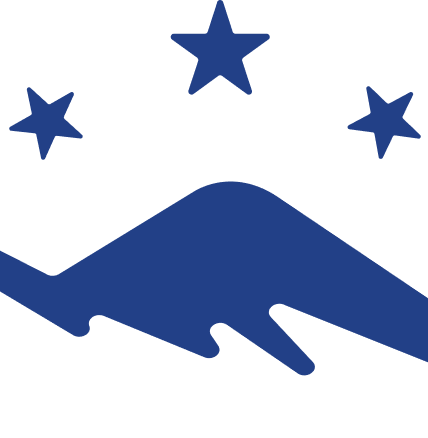Spring has arrived!
While winter has taken it's time departing, the spring movement of waterfowl and other species in the Lake Champlain Region has not been deterred. For instance, just the other day a friend of mine found 17 species of waterfowl in Bulwagga Bay from Crown Point and Port Henry. So, with the weather starting to warm up and many sunny days ahead just in time for Earth Day, Wren and I wasted no time in heading out for some birds. It’s the perfect way to spend Earth Day, after all.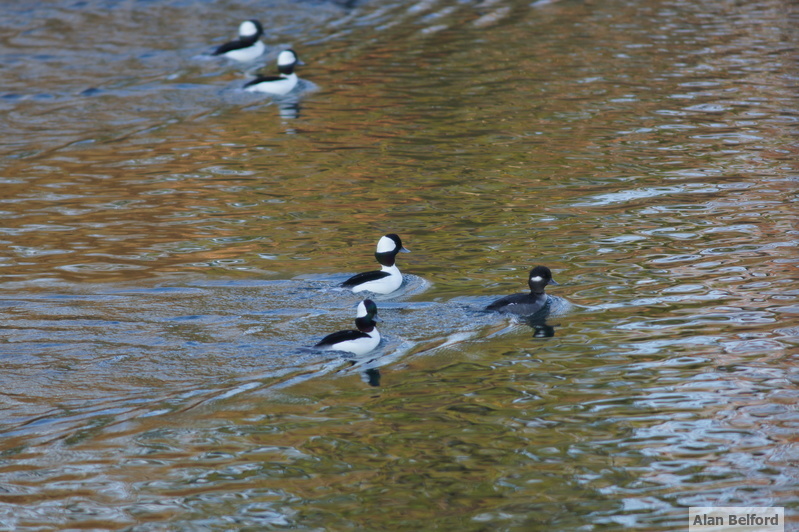
Ausable Marsh
I decided to check out the Northern Champlain Valley, partly because Wren loves to play in the sand at Ausable Point. After a quick stop at Port Kent – where we found a few cooperative Bufflehead – we started at Ausable Marsh WMA, beginning with a walk on the dikes which lead through the flooded landscape. I could hear the low, growling chorus of northern leopard frogs as soon as we got out of the car, and I paused to take in one of my favorite sounds of spring. Our walk found our first Eastern Phoebes, Tree Swallows, Wood Ducks, and Green-winged Teal of the day, as well as a calling Pied-billed Grebe.
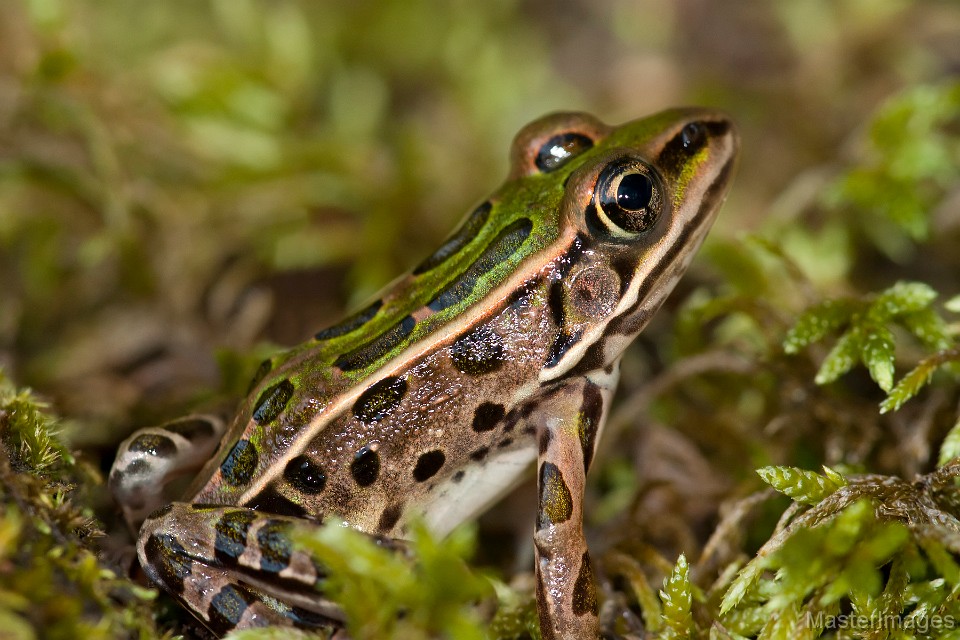
Wren was positively shaking with excitement seeing the wide open waters of the lake, so she dug in the sand and kept dropping sticks at my feet for me to throw into the cold lake. I indulged her exuberance as I listened to a few Black-capped Chickadees and Golden-crowned Kinglets calling from the trees of the largely quiet woods.
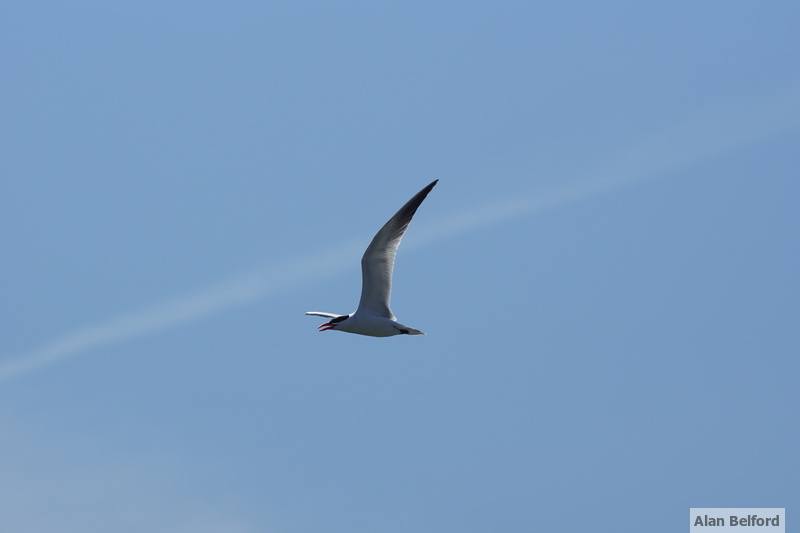
Working our way north to Point Au Roche
We moved back to the main beach parking area to listen to recently arrived Pine Warblers singing, joined in the pines by both Red and White-breasted Nuthatches. Then we headed north along the lake, eventually stopping for another walk at Cumberland Bay State Park. We added a pair of calling Fish Crows there – a southern species which has been spreading in the valley in recent years.
From there we drove north along Moffitt Road toward Point Au Roche, stopping along Pardy Road where the spring fields are often flooded. The temporary pond had collected numbers of Canada Geese, Mallard, American Black Ducks, and Green-winged Teal, and I found one American Wigeon hidden with them. Killdeer clustered in the wet mud along the pond’s edge, and we also spotted a Northern Harrier hunting in the fields.
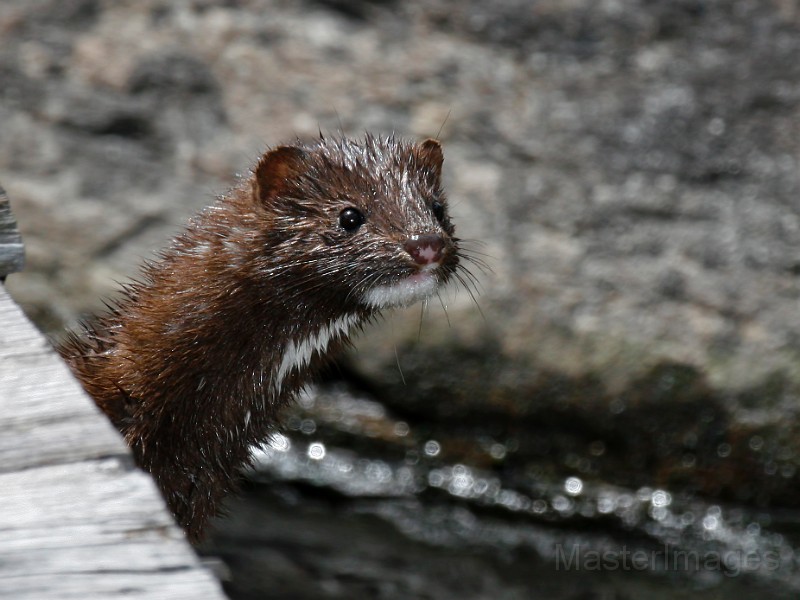
We next took a couple short walks at Point Au Roche State Park, first checking out the beach area and then walking along the road near the small interpretive center. There were nice numbers of Ring-necked Ducks in the small wetland there, as well as a Hooded Merganser, a flyover Great Egret, and a small chorus of spring peepers, and a short distance further along the road found us 15 feet from a curious mink. Wren and the mink stared at each other for a spell as if trying to figure one another out before the mink decided it didn’t want anything to do with us and it disappeared.
Lots of birds at the end of the day
The afternoon was advancing by the time we left the state park, but I wanted to check out the fields on the peninsula before we turned for home. I was glad that I did. Not only did I finally find Brown-headed Cowbirds with the flocks of Common Grackles and Red-winged Blackbirds we had been seeing all day, but I also noted my first American Kestrels of the spring, an Eastern Meadowlark whose yellow breast blazed in the dipping sun, a couple more Northern Harriers, and four Vesper Sparrows – a bird migrating through the region.
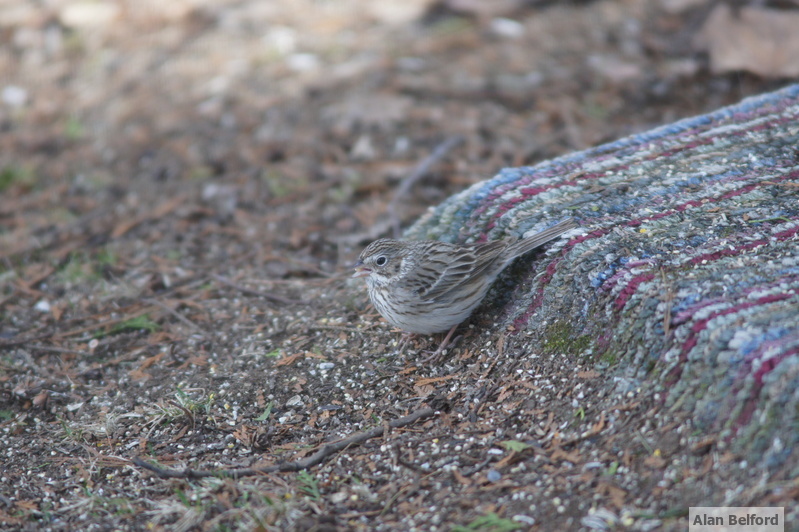
Excited by this – and energized by some chocolate (all birding trips require some!) – I continued north despite my brain telling me that I had to get home to prepare for the next day of work. Monty’s Bay did not disappoint. Ducks were strewn across the water – most of them Greater and Lesser Scaup – but there were also Bufflehead, Common Goldeneye, Common Mergansers, Mallards, and American Black Ducks. The flooded wetland south of the bay held more Mallards and American Black Ducks as well as several American Wigeon and a pair of Gadwall.
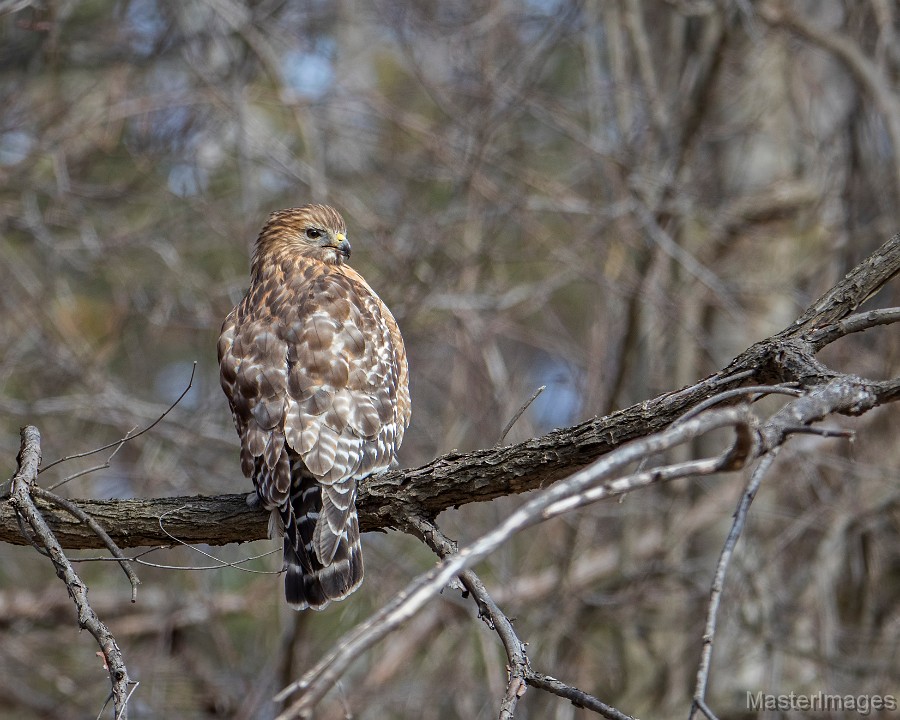
A Red-shouldered Hawk cried from the wet woods beyond the wetland, and I debated birding my way further north to drive home later in the dark. But I knew the week ahead was a busy one and I reluctantly set our course toward home. After all, it is tough to pull away when there is so much to see.
Imagine your next birding adventure in the Lake Champlain Region and enjoy reading about — and seeing! — the many species we see here.


